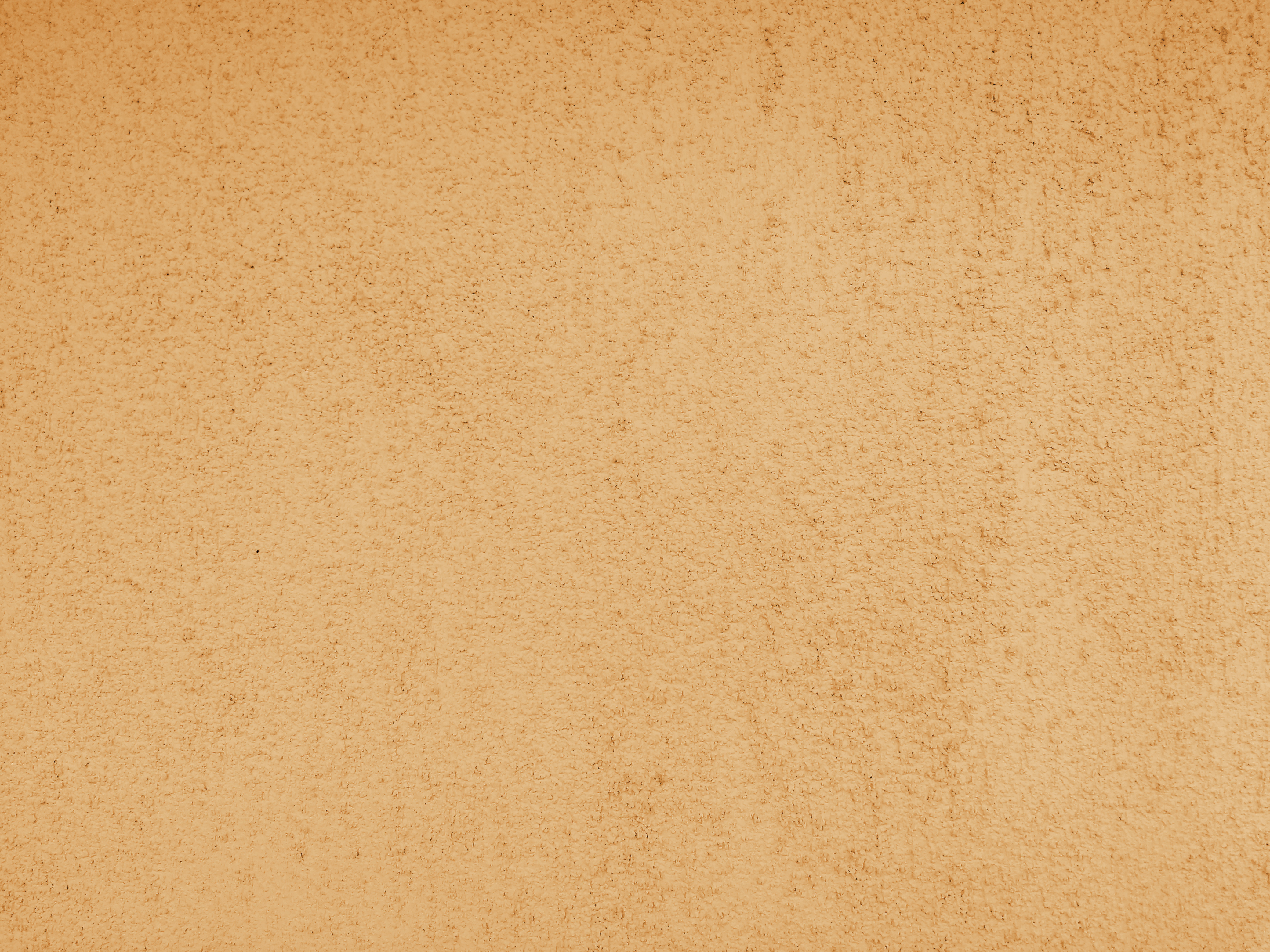

The Menu Customization or the “Load/Unload Customizations” dialog box will appear. You can scroll to your named pattern as shown below Īt the command prompt, type: MENULOAD and enter, or by using the top menu bar, pick “Tools”, then pick “Customize” and then pick “Menus…”. In AutoCAD 2011, all the new hatch patterns are now loaded into the Hatch Creation palette's Pattern drop down menu.AutoCAD will compile a new Customize User Interface (.CUI) file.

Pat stucco hatch free free#
UpdateSome users are unable to use the original GETPAT.LSP file and they are getting this error Command: GETPATSelect hatch: error: bad argument value: positive 0If that’s the case with you too then use this all the steps are exactly the same you just need to close your older session of AutoCAD and start a fresh one to use it.Credits:Thanks, Paul Turvill for providing access to GETPAT.LSP file, You can find more free LISP routines on his websiteA big thanks to Cooper Francis for providing us access to this modified routine, you can get many free and premium Autodesk tools on his website.

You will now find ZIGZAG hatch pattern among all the patterns, and you can use it just like other hatch patterns.
Pat stucco hatch free software#
See image below for reference.After pasting the file launch your software if it is already open then close it and launch it again. Importing hatch in your AutoCADNow you have this hatch pattern all you need to do is import it to your AutoCAD software, for this copy ZIGZAG.PAT file and paste it to support folder of the installation directory.To locate support folder type OP on the command line then press enter, options window will pop up select files tab and expand “support file search path” tree there you will see the location of support file. This pattern will be exported as ZIGZAG.PAT on the desktop. For some cases the file is exported to C:Usersuser nameDocuments so if you are unable to find it on the desktop then look it there. Also, make sure that your source drawing is copied to the desktop from which you want to extract hatch pattern.Now open the drawing from your desktop and drag and drop lisp routine to the drawing as shown in the image below.Now type GETPAT on the command line and click on ZIGZAG pattern present in drawing.

I am using a LISP routine in this tutorial to extract PAT file from drawing.Download the LISP routineExtract it from the compressed package and paste it on the desktop.


 0 kommentar(er)
0 kommentar(er)
